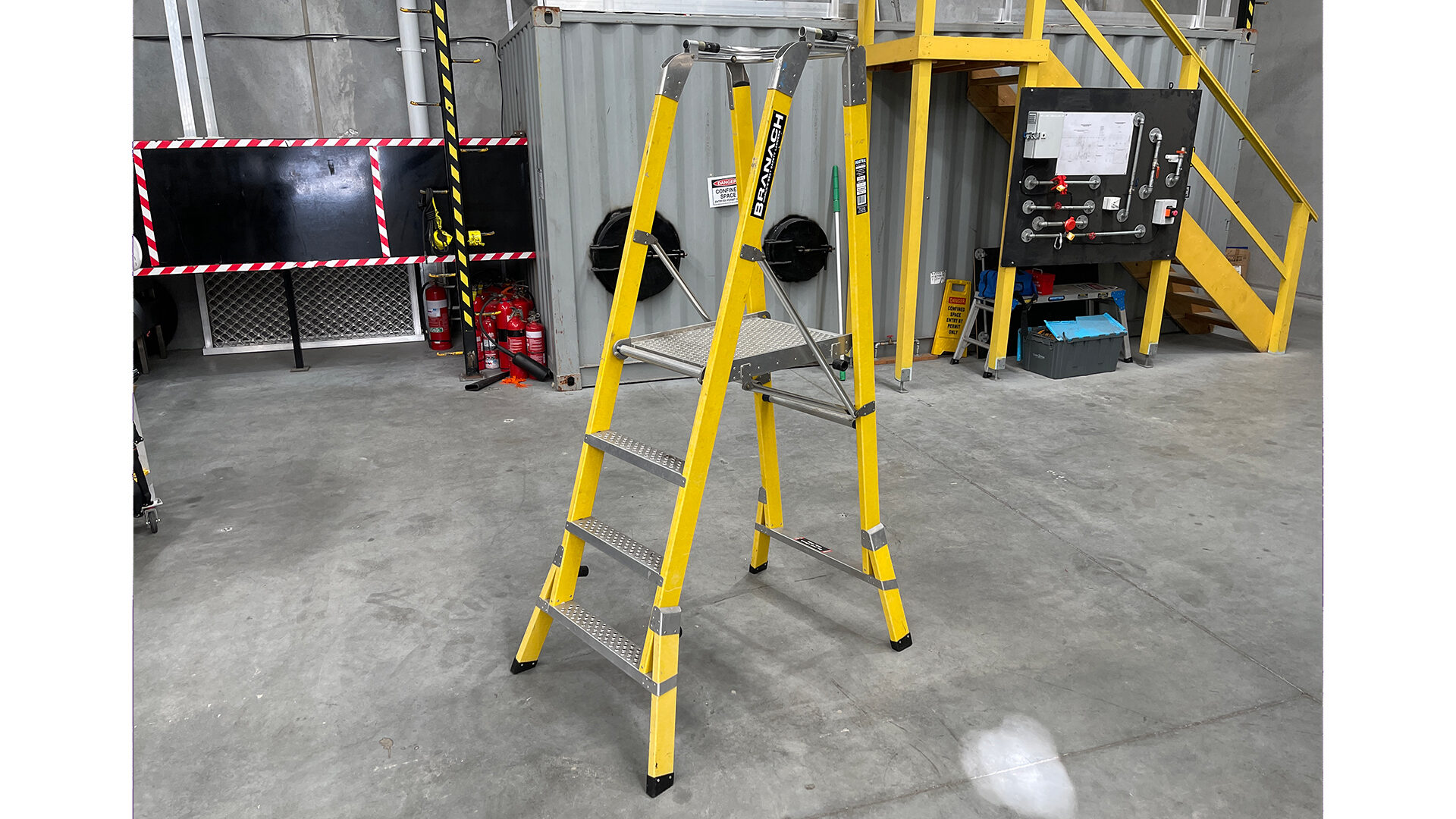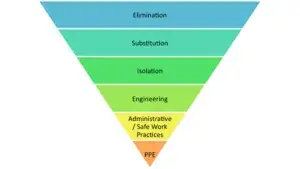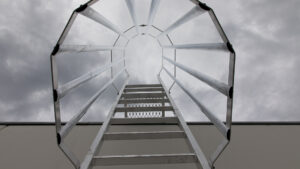Every day, thousands of people are up on ladders at home and at work. Here are seven tips you can put into place next time you are using a ladder to help reduce the likelihood of an accident.
The use of ladders is one of the most common working at height scenarios in the country. Just about every household has a ladder in their garage that gets pulled out for all those odd jobs that need to occur around the house that are always just out of reach.
Their commonality, and ease of use, often means that people can be a little nonchalant about the risks associated with ladder use. A fall from a ladder can be just as bad as a fall from a roof or other working at height area.
Here are seven simple tips that you can follow to help reduce the likelihood of an accident occurring while using a portable ladder.
Tip 1: Is there another way to do the job?
The best way to avoid an accident while working at height is to not have to work at height in the first place.
Consider all your options when it comes to completing the job. If you are cleaning solar panels, perhaps look at an extendable brush and hose. That way, you can remain on the ground while still accessing the panels for cleaning.
In many cases, needing to climb a ladder and work at height can be avoided completely. If you can avoid it, this is the best way to go.
Tip 2: Keep to the 4:1 ratio
When setting up your portable ladder, it is important that you keep to the 4:1 ratio.
What is the 4:1 ratio? It means that for every four metres of elevation, the base of your ladder should be out one metre from the where the top is.
One thing to remember, is that if you are working on a house with eves and guttering, the one metre is counted from the edge of the gutter, not the wall of the building. So you might have to add 350-500mm to your number if measuring out from the wall to account for this.
Tip 3: Secure the base
A common cause of ladder-involved accidents is the base of the ladder sliding away once load is applied (that is, someone starts climbing it).
To protect yourself against this risk, it is advised that the base of the ladder be secured to reduce the risk of it moving.
This can be anything from a ladder stabiliser, to simply having someone hold onto the ladder and brace the bottom with their feet.
Tip 4: Secure the top
It is also wise to secure the top of your ladder. This can assist in avoiding it tipping over or accidentally being kicked away from the edge you are accessing.
On many commercial buildings, where portable ladders are often used, a ladder bracket may be installed at a location where access to the roof is usually made. These ladder brackets are designed to support the ladder and provide point where the ladder can be tied off.
When working on a house, this might be a little trickier as they do not tend to have ladder brackets installed to provide roof access. In these cases, there are temporary solutions that are available. These can be placed on the gutter using a pole or broom handle and provide a fixing point for the ladder.
Tip 5: Maintain three points of contact
This is the tip that is most likely to save you from fall off your ladder. Always maintain at least three points of contact while ascending, descending, or working on a ladder.
What counts as three points of contact? The best three points are your two feet and at least one hand. This provides a solid connection between yourself and the ladder, reducing the risk of losing your balance and falling because of leaning too far to one side.
Speaking of leaning over too far…
Tip 6: Reposition, don’t lean
It will happen eventually. That one thing you need to access will be just out of reach and the temptation will be to just lean over as much as you can to try and get there.
This, however, is not the wisest course of action. It is much, much safer to take the extra time to descend back to the ground, reposition your ladder and bring that area within reach while maintaining your three points of contact.
Tip 7: Don’t stand on the top rung
This one is incredibly simple. In fact, every portable ladder out there will have warning sticker on it telling you not to do this.
Do not stand on the top rung (or step). Seems straight forward, but this remains one of the most ignored pieces of ladder safety advice there is.
Standing on the top rung of a ladder is dangerous for several reasons. Firstly, it is just about impossible to maintain three points of contact. Secondly, there is unlikely to be anything to assist in keeping your balance. Thirdly, any sudden shift in your balance can result in your accidentally kicking the ladder away, which then results in a fall.
Partners in protecting people
Portable ladders are extremely common pieces of equipment used to access areas at height. They have their dangers, but following these simple types can assist in reducing the risks of an accident occurring next time you find yourself needing to use one.
Height Safety Engineers are the experts in height safety. As your partners in protecting people, we are driven to make working at heights as safe and easy as possible.
To discuss your safety needs, call our team on 1300 884 978 or email enquiries@heightsafety.net.





